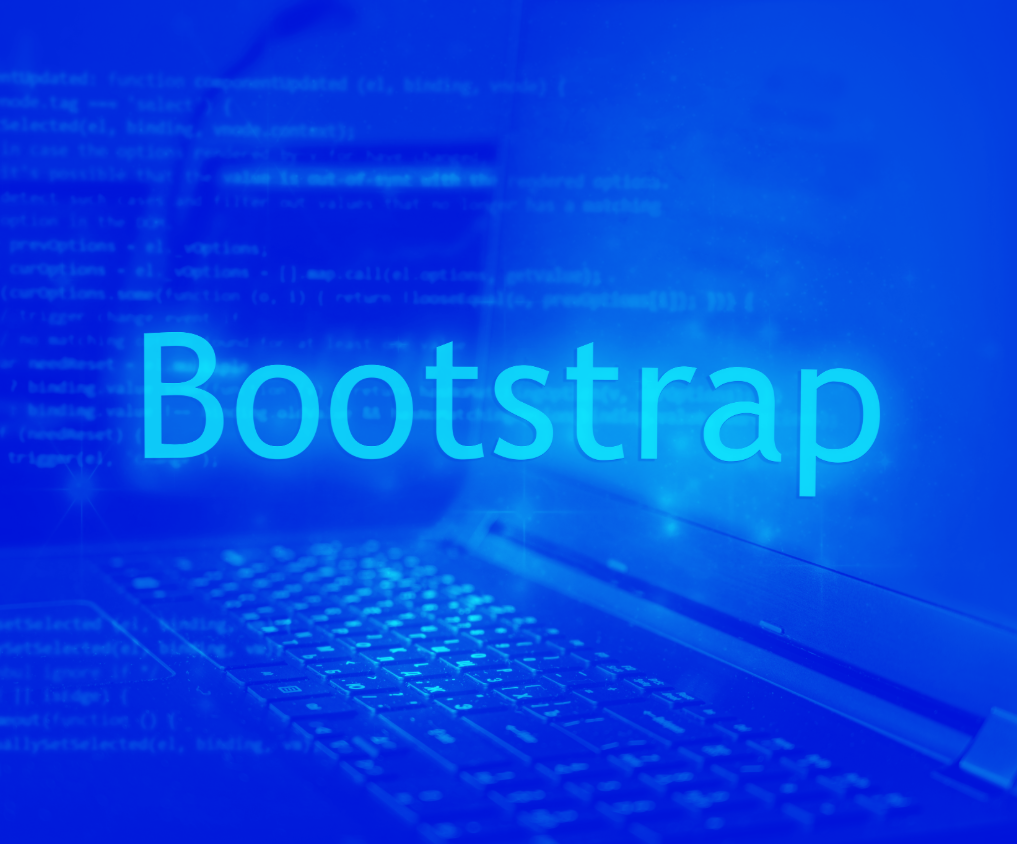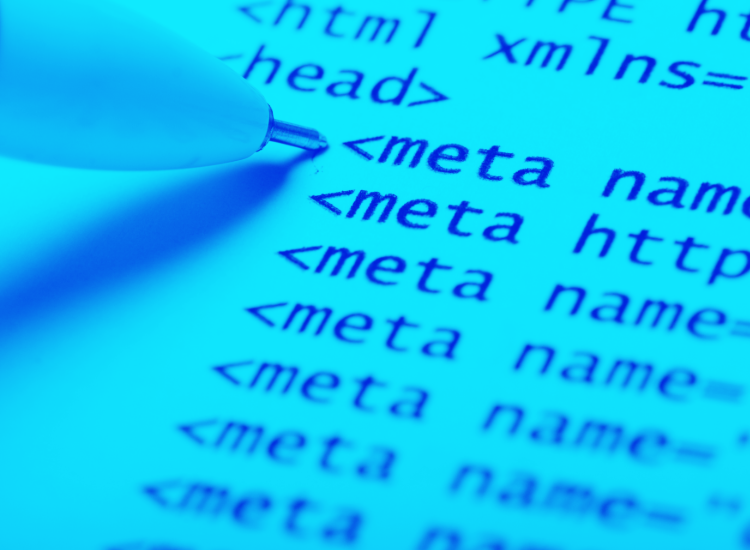Introduction:
In the vast landscape of programming languages, Python stands out as a versatile, powerful, and beginner-friendly option that has gained immense popularity over the years. Developed in the late 1980s by Guido van Rossum, Python has evolved into a language of choice for developers, data scientists, and engineers across various domains. In this blog post, we'll delve into the key aspects of Python programming, exploring its syntax, features, and diverse applications.
Clean and Readable Syntax:
Python's syntax is renowned for its simplicity and readability. Its design philosophy emphasizes code readability, and as a result, developers can express their concepts in fewer lines of code compared to other languages. The use of indentation for block structures eliminates the need for braces, making Python code visually clean and easy to understand.
Extensive Standard Library:
Python boasts a rich standard library that provides a wide range of modules and packages for various functionalities. Whether you need to work with data, perform regular expressions, or interact with the operating system, Python's standard library likely has a module that can streamline your tasks.
Versatility and Cross-Platform Compatibility:
Python is a cross-platform language, meaning that code written in Python can run on different operating systems without modification. This versatility has contributed to Python's widespread adoption in various fields, from web development and data science to artificial intelligence and automation.
Dynamic Typing and Memory Management:
Python is dynamically typed, allowing developers to change the type of a variable during runtime. While this flexibility simplifies coding, it also requires careful attention to variable types. Python manages memory automatically through a garbage collection system, reducing the burden on developers for memory management tasks.
Community and Ecosystem:
One of Python's greatest strengths is its thriving and supportive community. The Python community actively contributes to the language's growth, creating an extensive ecosystem of libraries, frameworks, and tools. Notable examples include Django and Flask for web development, NumPy and Pandas for data science, and TensorFlow and PyTorch for machine learning.
Popular Frameworks and Libraries:
Python has become a go-to language for web development, thanks to frameworks like Django and Flask. These frameworks streamline the development of robust and scalable web applications. Additionally, Python's dominance in the field of data science and machine learning is evident through libraries such as NumPy, Pandas, scikit-learn, and TensorFlow.
Python in Education:
Python's readability and simplicity make it an excellent choice for educational purposes. Many universities and coding bootcamps include Python in their curriculum to introduce programming concepts to beginners. The language's approachable syntax allows students to focus on understanding fundamental programming principles without getting bogged down by complex syntax.
Conclusion:
Python's widespread adoption and continued growth are testaments to its effectiveness and adaptability. Whether you're a seasoned developer or a beginner just starting your coding journey, Python offers a welcoming environment and a vast ecosystem of tools and resources. As technology continues to advance, Python is poised to remain a dominant force in the world of programming, powering innovations across diverse industries.








